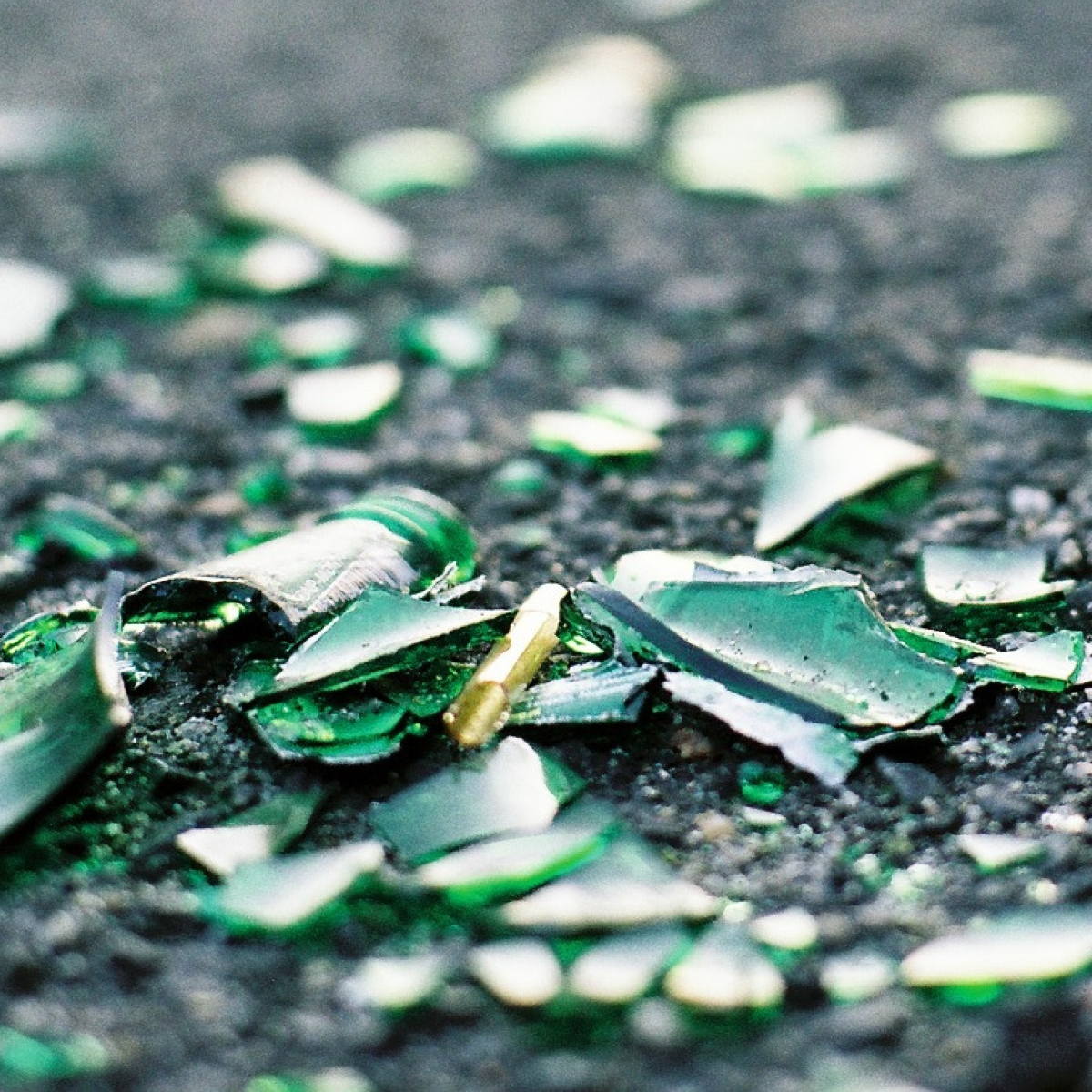Women’s Sport is Winning
Andy Harper, who has a PhD in Australian soccer from University of Sydney, and has been a football commentator on the women’s game for SBS, Channel 9 and Foxsports, says it is a huge day for women’s sports. But the expected surge in interest demands government investment in facilities.
Andy Harper says:
- This is a huge boost for the football community, Australia’s largest sporting participant base.
- It’s a massive endorsement of the Australian women’s national team, the Matildas, and the status of the team.
- Provides huge recognition of female football pioneers, who ploughed a lonely furrow for decades (at least eight), such as Heather Reid and Moya Dodd, to name just two.
- Football is already the fastest growing sport for women globally, which is also the case in Australia. “Soccer mums”, that cohort identified and targeted by US President Bill Clinton in election campaigns – the army of mums in people movers who ferry soccer-playing kids in their millions around the US – is also a ‘thing’ in Australia. So much so that the over- 35’s age group and competitions have been oversubscribed for years, as mums jump at the chance to become players.
- Expect significant increases in participation from young girls. The Matildas are, even now, one of Australia’s most cherished sporting symbols and the upcoming phase, culminating in the 2023 finals, will accelerate their profile, appeal and impact. Young girls, and boys, will respond.
- The expected upswing in attention and participation will put increased pressure on existing junior clubs and volunteers. Public authorities must address the appalling underinvestment in soccer specific public facilities that currently buckle under the weight of the game’s popularity. Government needs to invest in these facilities, to capture and develop the interest with the view to keeping people involved and playing the sport long after the World Cup departs post 2023.
- Football Federation Australia, member federations, commercial partners and government need to fund and facilitate a national coaching strategy that identifies and develops talent in a more organised and professional manner, one that takes the onus of preparing potential talent from the hands of well-meaning and committed volunteers and into expert coaches. In the lead up to 2023, don’t for a second think the USA, France, England, Brazil etc are leaving the development of talent to volunteer mums and dads.
Dr Steve Georgakis, senior lecturer in sport studies and a researcher who has published on women’s sport, says today is a clear win for all women’s sports.
“We held the Women’s World Cup, but this is very different because it is a much bigger and more meaningful tournament. So it’s a landmark in Australian women’s sport. Other female sporting codes will have a spotlight turned on what their road map is going to be in the future. Will they try and compete with soccer and promote their respective women’s capabilities?
“While it has been doom and gloom for Australian soccer, the women have come to rescue the code which has clearly been marginalised in recent years.”









